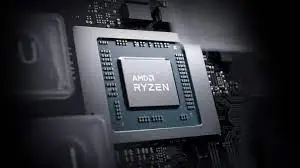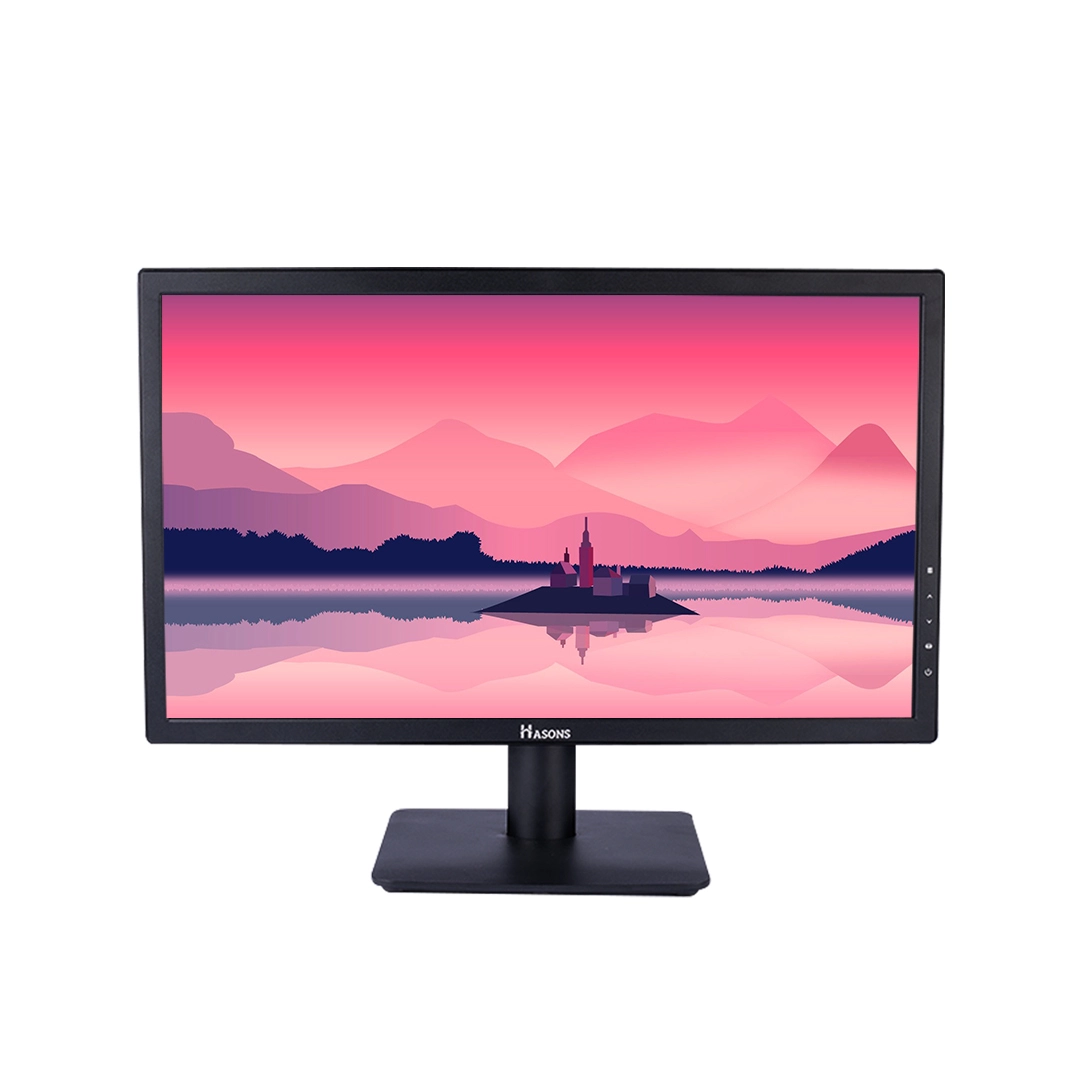AMD Radeon 780M iGPU on Ryzen 8700G APU
The Radeon 780M iGPU is AMD’s fastest integrated graphics solution for desktop PCs. Based on the advanced RDNA 2 architecture, it packs up to 12 compute units and 768 stream processors. Out of the box, AMD ships these APUs with the iGPU core clocked conservatively at 2200 MHz.
But the Radeon 780M holds tremendous untapped performance potential through overclocking, as recently demonstrated by an enthusiast with in-depth testing. By pushing the iGPU clock speed up to a whopping 3300 MHz, they achieved overall gains of over 60% in benchmarks compared to stock settings.
While not practical for all users, this overclocking feat gives a glimpse of the Radeon 780M’s capabilities when pushed to the limit. AMD has delivered an incredibly powerful iGPU that brings desktop-class gaming and content creation abilities to integrated solutions. With some tweaking, there’s even more value and versatility to be unlocked from these APUs.
Detailed Overclocking Process and Test Setup
The test bench consisted of the following components:

- AMD Ryzen 8700G APU with Radeon 780M iGPU
- ASRock B650E Taichi motherboard
- TeamGroup T-Force Vulcan Z DDR5 memory, 32GB at 5600 MHz
- Thermaltake Toughpower PF1 850W PSU
- Custom water cooling loop for APU and VRM
The Ryzen 8700G comes with a configurable TDP ranging from 35W to 65W. The tester set this to 65W to allow power limit headroom for overclocking. Precision Boost Overdrive limits were also maximized in the BIOS.
With these settings in place, the Radeon 780M iGPU core was pushed up in increments of 100 MHz, starting from the stock 2200 MHz. Voltages were left at stock settings. 3DMark Time Spy tests were conducted at each step to gauge performance and stability.
Temperatures peaked at 62°C on the CPU and 78°C on the iGPU core under full load. The auto fan curve was able to keep pace with the increased thermal output.
Step-by-Step Performance Gains
Here is a summary of the performance gains achieved at each 100 MHz increment, based on the 3DMark Time Spy benchmark:
- 2200 MHz (stock) – Score: 4382
- 2300 MHz – Score: 4648 (+6% vs stock)
- 2400 MHz – Score: 4992 (+14% vs stock)
- 2500 MHz – Score: 5324 (+21% vs stock)
- 2600 MHz – Score: 5701 (+30% vs stock)
- 2700 MHz – Score: 6042 (+38% vs stock)
- 2800 MHz – Score: 6396 (+46% vs stock)
- 2900 MHz – Score: 6780 (+55% vs stock)
- 3000 MHz – Score: 7071 (+61% vs stock)
- 3100 MHz – Score: 7311 (+67% vs stock)
- 3200 MHz – Score: 7561 (+73% vs stock)
- 3300 MHz – Score: 7851 (+79% vs stock)
The maximum stable frequency achieved was 3300 MHz, resulting in a huge performance uplift of 79% versus stock settings.
Higher frequencies up to 3400 MHz were attempted but caused instability and crashing. Considering the exponential power consumption and heat at this point, the tester determined 3300 MHz to be the sweet spot for daily use.
Power Consumption Analysis
With the out-of-the-box power limits, total system power draw peaked at 105W during benchmarking.
Pushing the iGPU to 3300 MHz caused power consumption to scale up linearly. At the maximum 3300 MHz overclock, peak power draw hit 177W based on software measurement.
This shows the Radeon 780M’s immense power potential that AMD keeps conservatively capped for efficiency purposes. When unleashed through overclocking, performance scales rapidly at the cost of high power and thermal overhead.
Real-World Performance Implications
The 60%+ synthetics benchmark gains with this overclock translate into similarly large real-world gaming performance improvements.
In eSports and light 3D titles, framerates could potentially double from the 30-50fps range to 60-100fps. Visual quality settings could also be increased substantially while maintaining fluid gameplay.
For more demanding AAA games, playable framerates might jump from an unplayable sub-30fps to a smooth 40-50fps. Higher resolutions like 1440p are also within reach.
Considerations for Stability and Thermals
To achieve a 3300 MHz overclock on the iGPU, there are several important considerations:
- A robust cooling solution is required to handle the 150-175W thermal load. Most users will need a strong air cooler or preferably a liquid AIO or custom loop.
- Motherboard power delivery needs to be up to the task. Selecting a mid-range or high-end B650/X670 board is advised.
- The CPU core should be overclocked moderately or left at stock. Too high on the CPU can destabilize the iGPU overclock.
- Additional voltage may help stabilize very high iGPU frequencies above 3200 MHz. But more voltage adds heat.
- Benchmarking for stability and monitoring temperatures are mandatory.
With the right precautions, cooling and components, achieving a 3300 MHz overclock on the Radeon 780M iGPU is within reach for most enthusiasts. Conservative all-core overclocks around 4.5 GHz on the 8-core/16-thread Ryzen CPU are recommended.
This balanced setup will provide excellent real-world gaming and creation performance together with the iGPU pushed to its limits!
Now, understanding this concept is simple and entertaining for Hasons. Using the Hason website you can always stay one step ahead in your job, business, or studies by purchasing New Age Desktops and All in One Desktops, i3 Intel Core Processor Desktop starting from 15000/-. Monitors, CPUs, and Gaming Desktop are also available. Register on Hasons and order your Tech Partner Now. Get exciting offeNrs and benefits on your every purchase. Contact us so our support team can guide you in purchasing the right Technology Partner.
Hdmi Monitor 21.5-Inch” FHD (1920×1080) Display | Brightness: 250 Nits | VA Display 54.61 Cm (21.5 In) Widescreen Panel Active Area (W/H)67.60/26.70 Cm
Conclusion
AMD’s integrated Radeon 780M graphics can achieve tremendous performance gains through overclocking. With the iGPU core frequency boosted to 3300 MHz, overall benchmark scores improved by over 60% over stock settings.
This was accompanied by up to 177W power consumption under full load due to the exponential scaling. With proper cooling and components, real-world gaming, content creation and overall system responsiveness can be taken to the next level.
While not practical for all casual users, this overclocking feat highlights the RGB 780M’s exciting potential. AMD has engineered an incredibly versatile iGPU architecture that can beat entry-level discrete GPUs when tuned for maximum performance.
| For updates in the, AMD Radeon 780M iGPU on Ryzen 8700G APU read Hasons News. Some of them are as follows: | ||
AMD Radeon 780M iGPU on Ryzen 8700G APU

